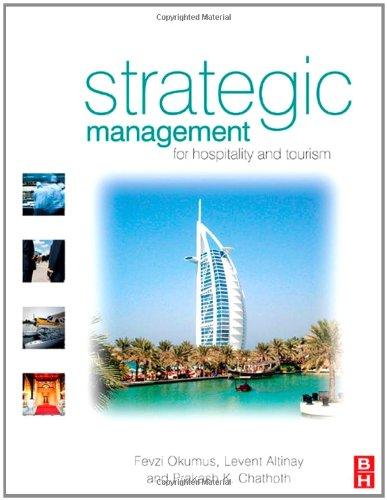From the ninth century bc until the proliferation of gunpowder in the fifteenth century ad, the ultimate
Question:
From the ninth century bc until the proliferation of gunpowder in the fifteenth century ad, the ultimate weapon of mass destruction was the catapult
(Wilford, John Noble, “How Catapults Married Science, Politics and War,” New York Times, February 24, 2004, D3). Hero of Alexandria pointed out in the first century ad that it was not enough to have catapults. You needed your potential enemies to know that you had catapults so that they would not attack you in the first place. As early as the fourth century bc, rulers set up what were essentially research and development laboratories to support military technology. However, unlike today, there was a conspicuous lack of secrecy. According to Alex Roland, a historian of technology at Duke University, “Rulers seemed to promote the technology for immediate payoff for themselves and had not yet worked through the notion that you ought to protect your investment with secrecy and restrictions. So engineers shopped their wares around, and information circulated freely among countries.” Given this information, describe a ruler’s optimal strategy with respect to catapult research, development, deployment, and public announcements. Should the strategy depend upon the country’s wealth or size? What role does credibility of announcements play?
Step by Step Answer:

Strategic Management For Hospitality And Tourism
ISBN: 9780750665223
1st Edition
Authors: Fevzi Okumus Levent Altinay Prakash Chathoth






